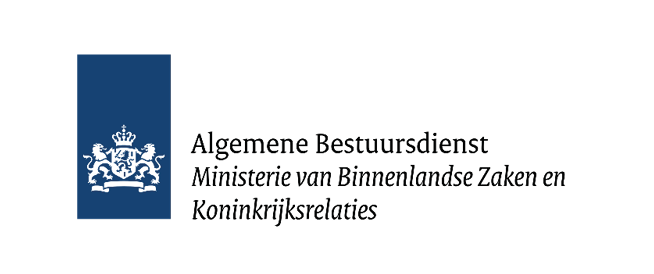Knowledge centre

“How does the arrival of a new position change the order?”
Systemic leader Barbara Hoogenboom:
“If you want to introduce a new position within the organisation, it is important to first clarify whether it is a position that has not really existed before, or whether it is a position you are creating due to an existing position becoming too demanding?
In the latter case you are taking away part of an existing position. This requires that existing employees let go of something. For example, when someone is responsible for sales and marketing within a small company. The company is growing and as a result you would like to split sales and marketing. What does that require of the person who has been doing sales and marketing up until now?
On one side, this person might be really pleased with the extra set of hands as it was way too busy in that position, and it is nice to no longer be responsible for it. On the other hand, it does require saying goodbye to something, and provide space to the person who, for example, is now responsible for the marketing tasks, so that they can find their own way to carry out the work. This does require a process, on the part of the existing colleague as well, to let go of certain tasks and genuinely provide space, rather than rule over some sort of grave.
A new position that did not exist before must first be given a place. I can imagine that during a larger get-together or meeting or something similar, someone with a higher position will explain what the reason or impulse is for the design and creation of a new position is. An elaboration on what requirement this position is due to fill and what the right to exist is for this position. To be clear about what this position contributes to the organisation as a whole. This ensures that the position will be embedded within the rest of the organisation, and its place within the order of the organisation becomes clear.
In the example of sales and marketing, there are effectively two roles that need to be given a new place. This can be achieved via a ritual where not only the people themselves, but also the colleagues in the bigger picture are present.
The order of a position can relate to seniority, i.e. how long a function has existed. A newer function comes later and is therefore lower in the order compared to functions that were already in existence. Order within seniority also concerns itself with the person who will fill the position. Did this person arrive earlier or later compared to the already existing people that hold other functions?
Furthermore, the order within positions also concerns itself with how this function contributes to the whole. Is it more an agens- or a core function, or a communio function? You can read more about this concept in the book Systemic leadership and in this article.
Another example that order touches at the arrival of a new person is the following. Imagine that there is a team that was originally on the small side. Suddenly it is decided that this team needs a team leader, of course something will happen there. Especially if the team leader is recruited from within the already existing team. One person moves up to the next level, so to speak. At that point in time, that person no longer belongs in the order as they previously did.
The arrival of a new function always brings a movement. This movement requires attention so that a function can really land properly within the organisation, without a need for hassle in the undercurrent.”
This question originates from the Systemic Leadership fan-deck . The fan-deck contains 224 questions regarding 45 themes. Each question has the potential to help you take the next step.
Systemic Business School
Systemic Business School gives leaders completely new tools for their leadership style. When you work from the connectedness of the whole, you will find it easier and more enjoyable to achieve your goals, together with your team and organization. Systemic leadership helps you to continue your journey as a leader with inspiration and energy.



















